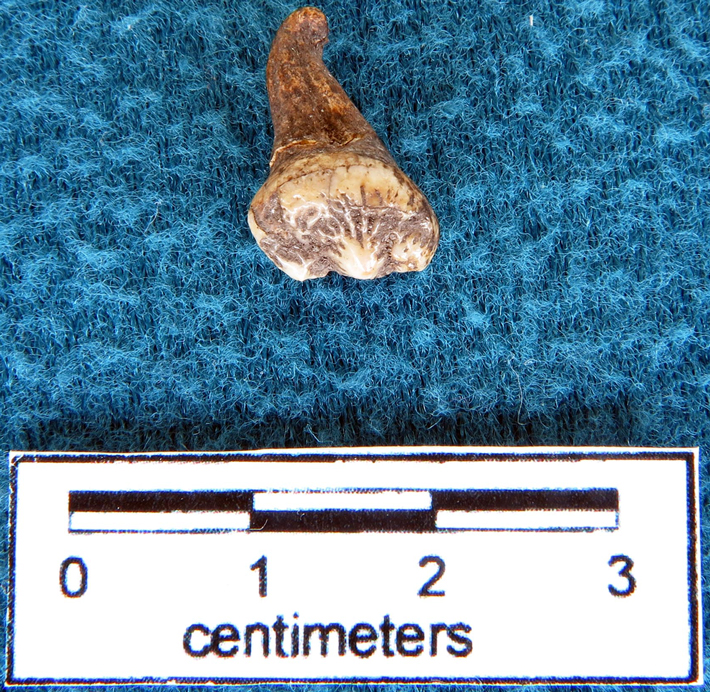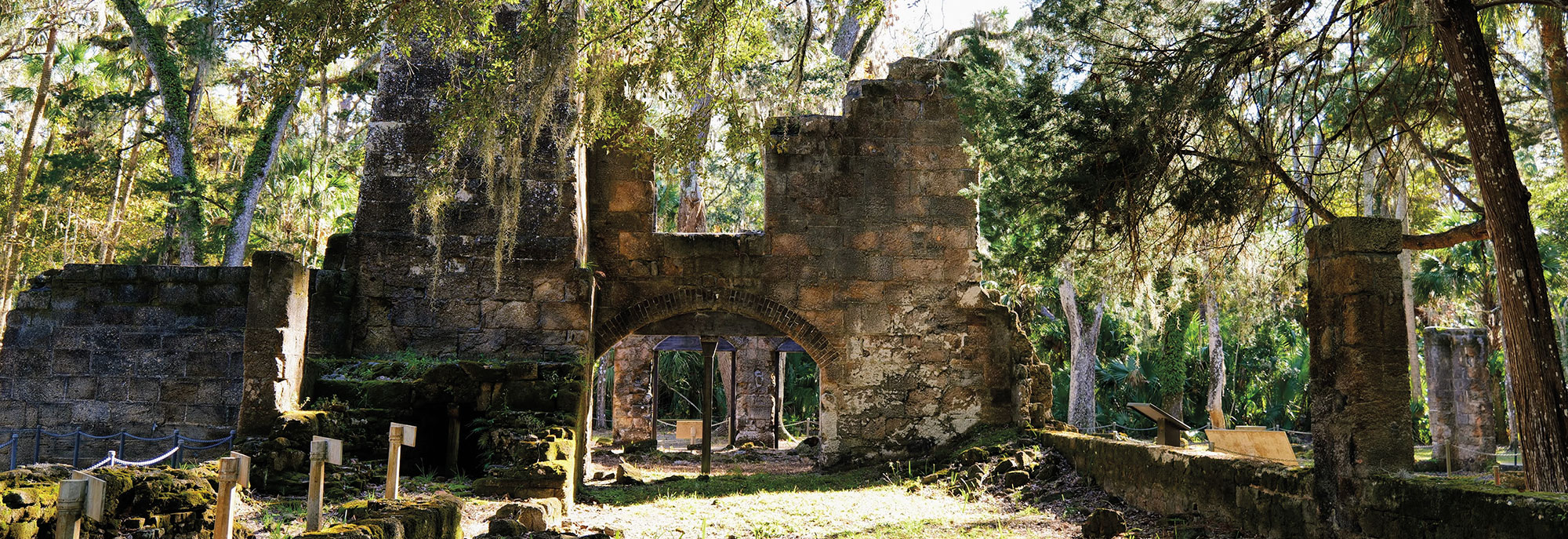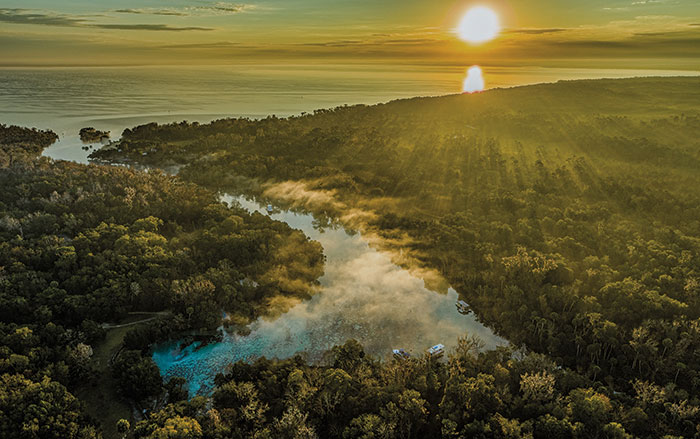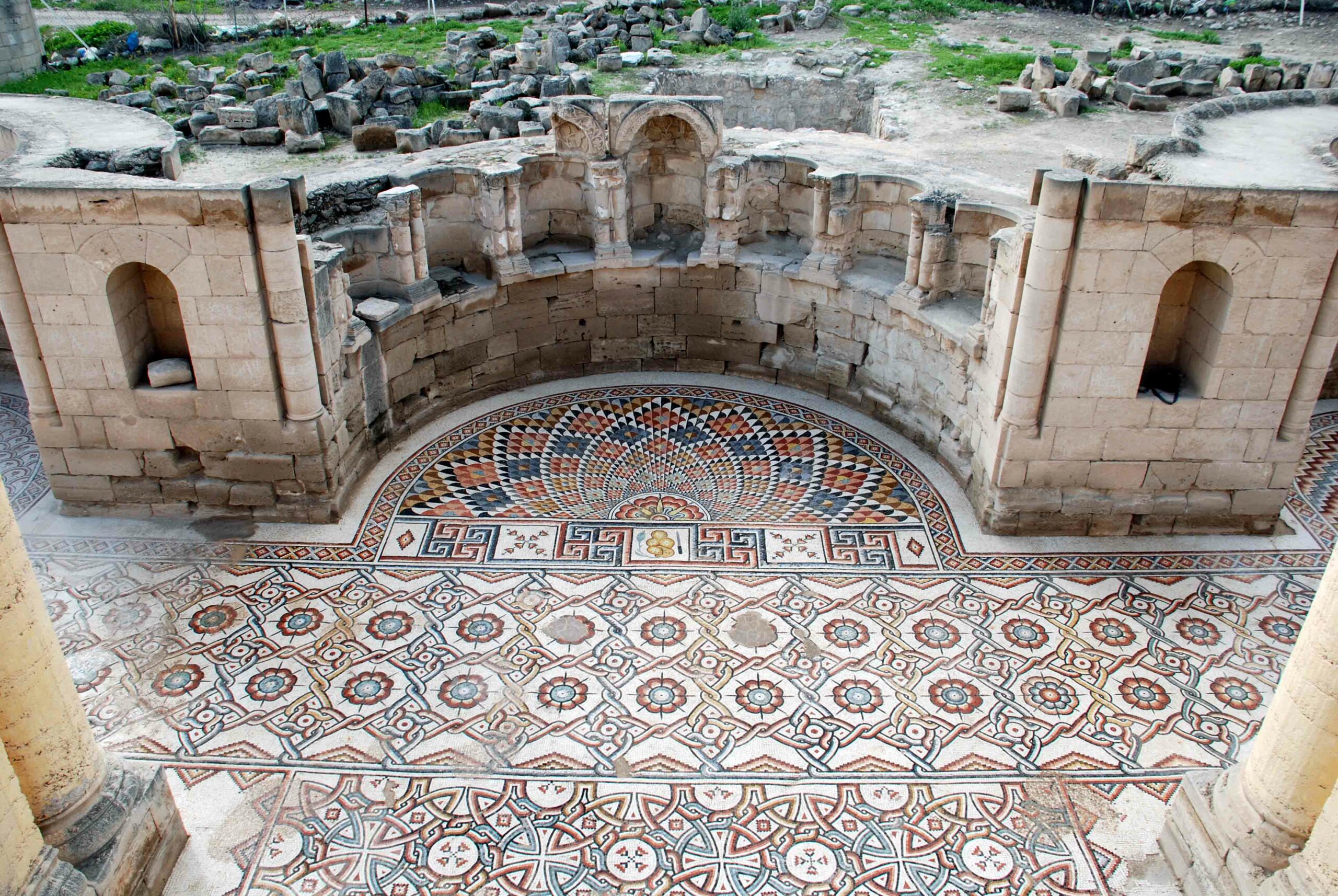
DAVIE, FLORIDA—The Miami Herald reports that a tooth from a Caribbean monk seal has been found at a prehistoric archaeological site at Lake Worth, in southern Florida. This is the first time evidence of the seal has been found in this area, although seal remains have also been found at a Tequesta site at the mouth of the Miami River, along the Florida coast, and in the Bahamas. DNA testing has revealed that the seal, hunted to extinction by Europeans for its oil, was a member of the newly discovered Neomonachus genus, which also includes the endangered Hawaiian monk seal. Christopher Columbus first recorded the Caribbean monk seal in 1494. The last Caribbean monk seal in the United States was killed near Key West in 1922, while the last sighting of the animal was in 1956, between Jamaica and the Yucatán Peninsula. For more on archaeology in Florida, go to “Letter from Florida: People of the White Earth.”










